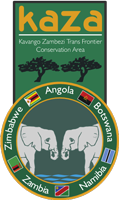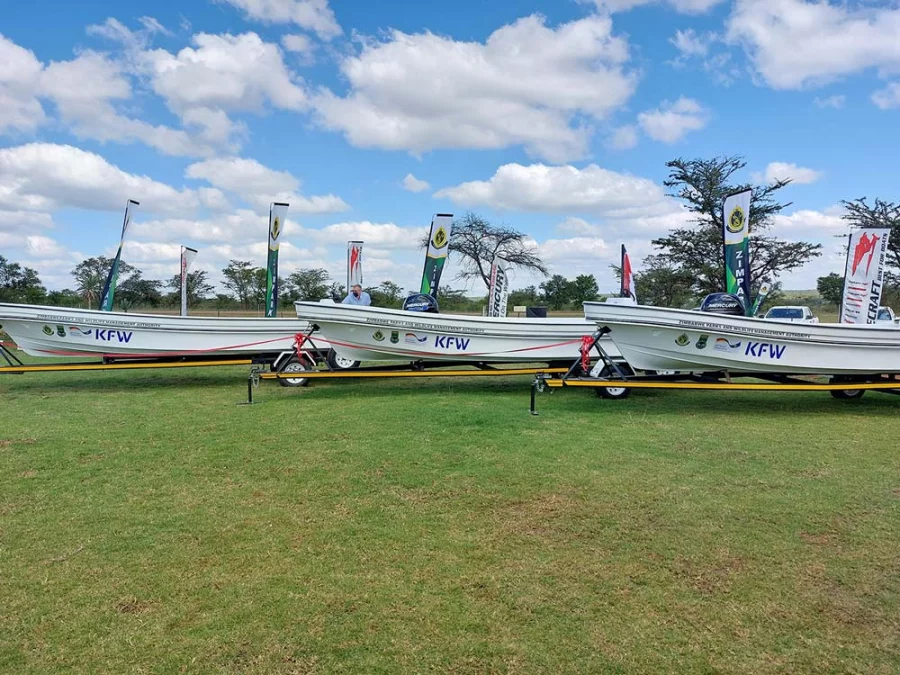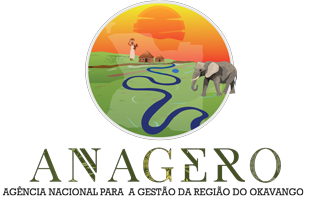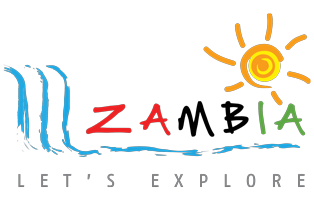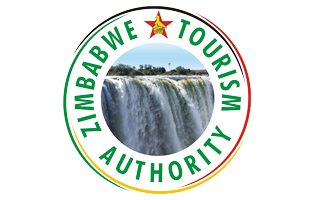WELCOME TO THE SECOND EDITION OF A JOURNEY THROUGH KAZA,
the Kavango Zambezi Transfrontier Conservation Area
Transfrontier Conservation Areas are a relatively new concept in the conservation arena. They are founded on the realization that natural resources that straddle international boundaries are a shared asset with the potential to meaningfully contribute to the conservation of biodiversity and the welfare and socio-economic development of rural communities.
Kavango Zambezi Transfrontier Conservation Area (commonly referred to as KAZA) incorporates 5 countries (Angola, Botswana, Namibia, Zambia, Zimbabwe ). KAZA has 36 formally proclaimed protected areas made up of a host of game reserves, forest reserves, game/wildlife management areas, community conservancies and 3 UNESCO World Heritage Sites (Victoria Falls, Okavango Delta and Tsodilo Hills). The amount of flora and fauna is outstanding, home to more than 50% of the remaining savanna elephants found in Africa, an estimated one quarter of the African wild dog is found in KAZA and around 600 bird species. The area is also home to an estimated 2.5 – 3 million people comprising of different cultures, many of whom depend heavily on natural resources for their livelihoods.
Tourism contributes significantly to local employment. Through cultural heritage tourism and employment opportunities presented by the tourism value chain, KAZA Partner States aim to enhance the participation of these rural communities in the tourism economy not only through their provision of tourism-related goods and services, but also through celebration and nourishment of the region’s rich cultural diversity. This is achievable through facilitating the sharing of age-old knowledge and traditions by rural communities across borders not only with each other, but with the world at large.
The overarching aim of KAZA is to improve the socio-economic conditions of the local residents by harmonizing economic development, tourism and conservation.
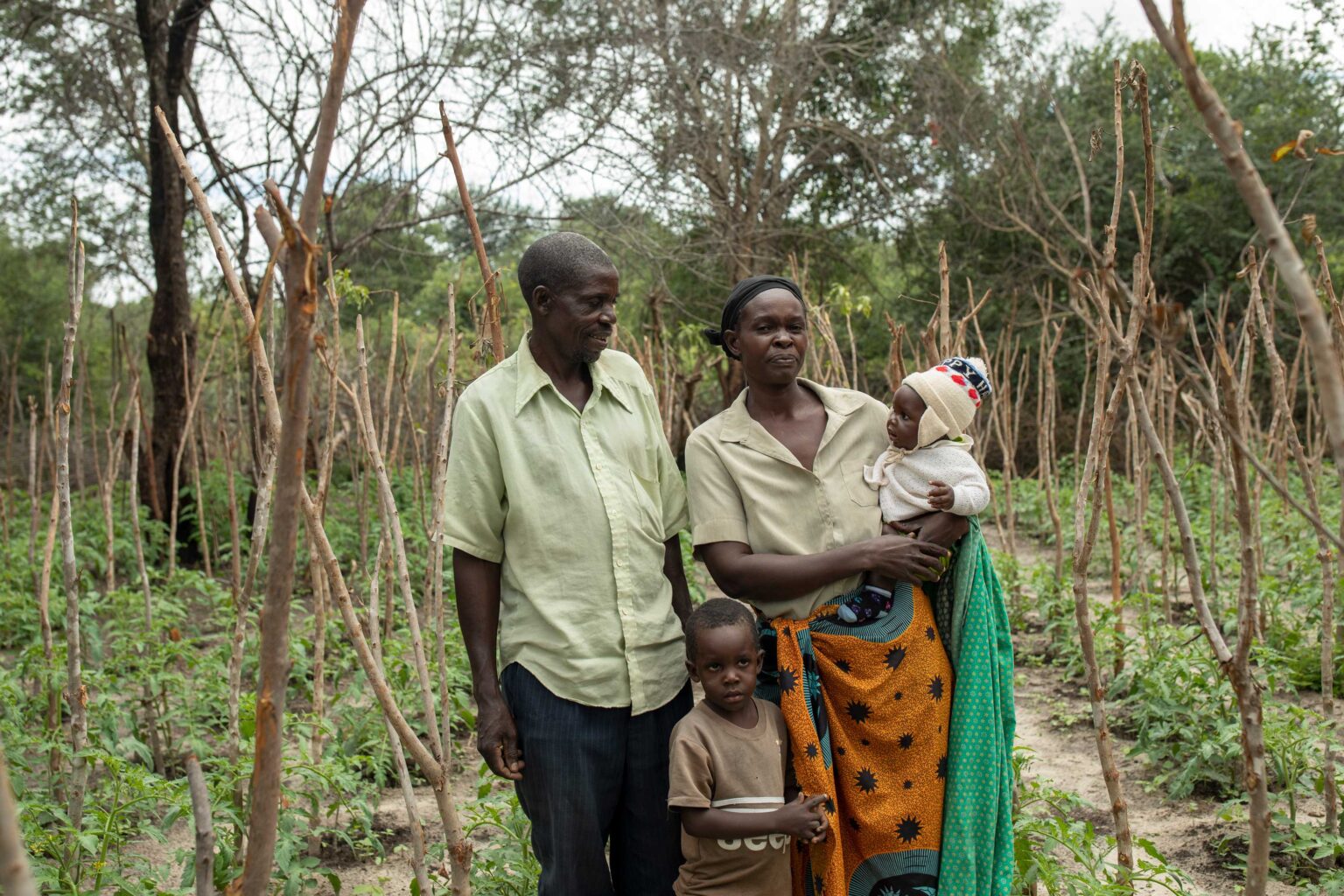
KAZA Achievement:
The Handover of 3 Patrol Boats in Zimbabwe
The KAZA Secretariat, through its long term relationship with Germany, has facilitated various activities to support the conservation and livelihoods efforts of partner organisations within the KAZA region.
One such activity was the procurement of three patrol boats, locally manufactured, which were handed over to the Zimbabwe Parks and Wildlife Management Authority last year to further assist them in their anti-poaching endeavours.
The boats have been deployed to Binga, Kariba, and Chete to bolster wildlife law enforcement efforts in the Zambezi Valley of the Zimbabwean component of KAZA.
The German government has been a significant donor, committed to providing technical and financial support towards the establishment and development of KAZA for the benefit of both the wildlife and the communities who are reliant on these for their livelihoods.
Uncover KAZA
Horse-riding in Simalaha Community Conservancy, Zambia
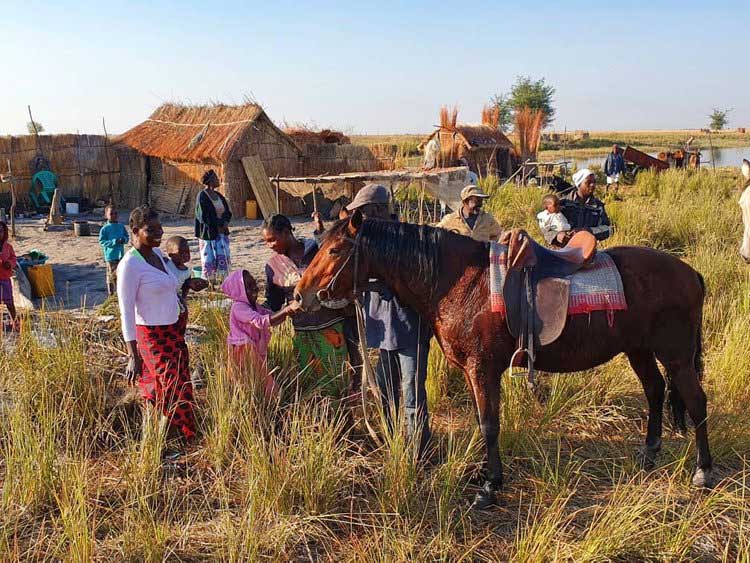
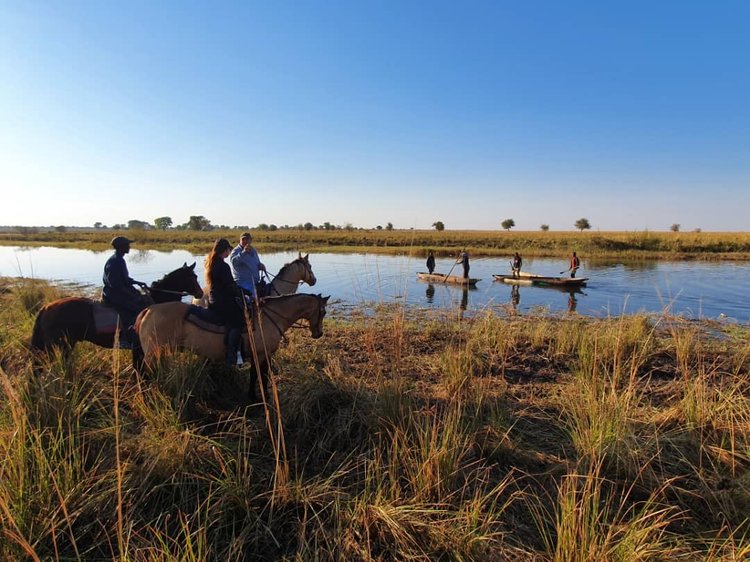
When visiting Victoria Falls or Chobe National Park it is easy to add on a visit to Zambia.
One way to experience wildlife is on horseback, particularly for those who are experienced and passionate about riding.
There are a number of horse riding experiences in the KAZA region and this short itinerary highlights one of the newest and some may say the most exciting. Not just because of the wildlife, but because of where it is …. Hidden away on the Zambezi floodplains, Zambia’s least explored conservancy, the Simalaha Community Conservancy.
Zambia Horseback Safaris are the sole operator in approximately 180,000 ha of prime Zambian wilderness, allowing pure riding freedom over ancient floodplains without holes – providing the space for long stretches of fast-paced riding on well-schooled horses, as well as the opportunity to explore ancient lands, trees, the Zambezi River and to experience a personal encounter with the Lozi people of Simalaha.
Meaning ‘come together’, Simalaha is an apt name for the community conservancy inspired and driven by the Sesheke and Sekhute chiefdoms. Bordering the Zambezi River on the Zambezi-Chobe floodplain, Simalaha is where wildlife and people come together and co-exist under one sky as they once did many years ago.
The vision of Chief Sekute of the Kazungula district and Senior Chief Inyambo Yeta of the Sisheke district to rehabilitate and conserve the region has become a reality through a partnership with the Zambian Government, supported by Peace Parks Foundation. The development of this community conservancy and the implementation of viable natural resource management have been key in uplifting local communities, creating income-generating opportunities through nature-based businesses, including tourism opportunities.
Zambian Horseback Safaris is dedicated to preserving the magnificence of the Simalaha Conservancy alongside the communities that live there.
This place of wild beauty is an ecology worth holding onto, not to mention the Lozi culture with their long term history on the Zambezi River.
One of the first visitors to the reserve commented “Simalaha has the most extraordinary silence, different to other areas – no words can explain it.”
If travelling from Chobe, simply cross the Kazungula Bridge and then drive to Mombova or alternatively it is a one hour drive from Livingstone. At Mombova you will board a river boat for a river safari experience into the Simalaha Community Conservancy (1h30min). You will be met by the horses at the Rivers edge and ride into the camp, approximately 20 mins away.
Accommodation is a luxury tent with ensuite bathroom on a full-board basis.
Your trip will include daily rides over this beautiful terrain, as well at the opportunity for an insight into Lozi life as you will be welcomed into a traditionally-built mud style home. Riders may possibly even learn a few local crafts, such as beer brewing or basket-weaving.
Itineraries can be 3, 5 or 7 nights – the 7-night stay offers riders endless canters on the Zambezi floodplains, ending with a few nights in the beautiful rustic luxury of Chundukwa River Lodge – the sister operation and stables – only a stone’s throw from the magnificent Victoria Falls. They welcome non-riding partners and those yearning for an authentic wilderness getaway.
If you want to know more about Simalaha Community Conservancy please see below.
Uncover KAZA’s Hidden Gems
Mavinga National Park - Angola:
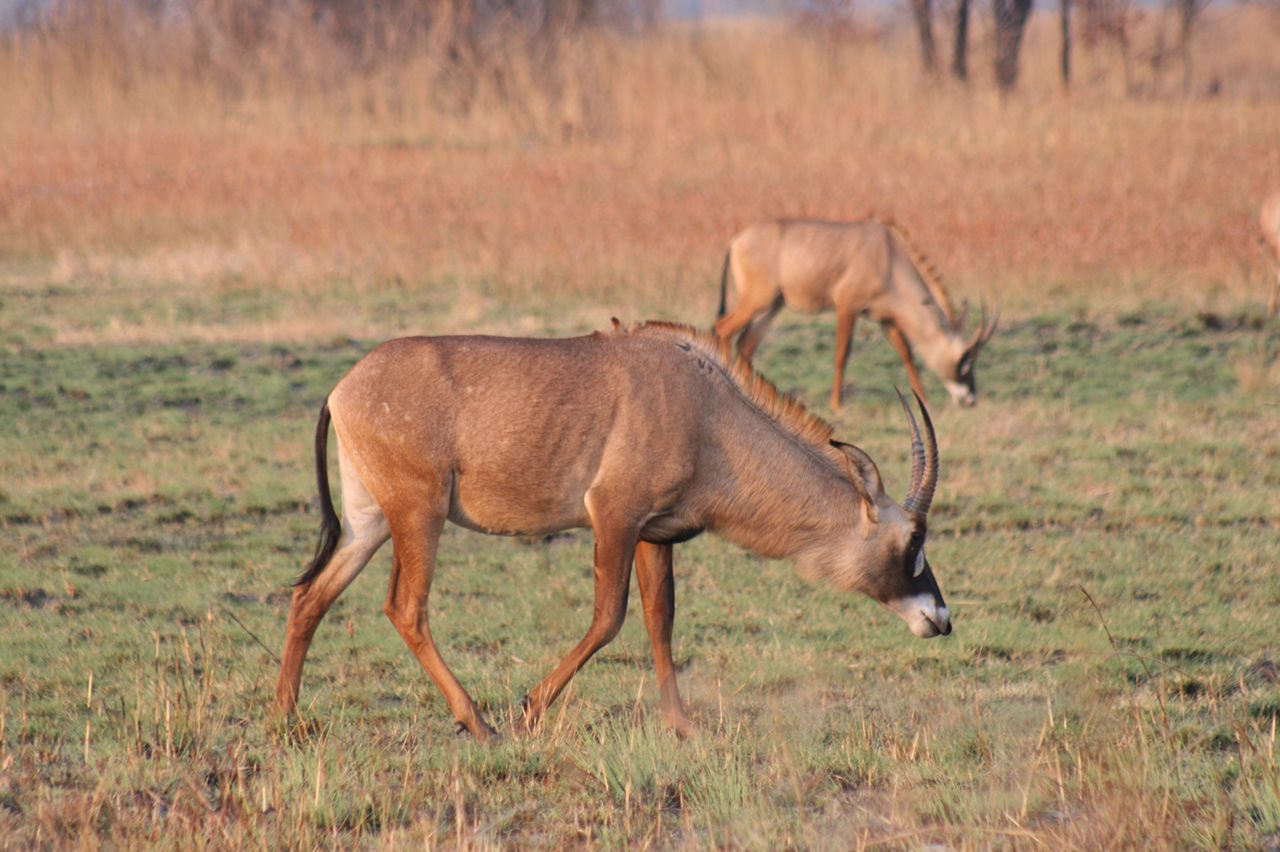
There are 2 great wilderness areas in the Angolan sector of Kavango-Zambezi and these are the Luengue-Luiana National Park and sitting just north, the Mavinga National Park.
Intrepid travellers have been exploring Luengue-Luiana for the last 10 years as one of Africa’s final wilderness areas however Mavinga still remains very untouched and undiscovered to tourism though it is home to a few local communities. Mavinga is a vast wilderness area of 46,000 square km’s and like all of the Kavango Zambezi region, it is blessed with several rivers including the Cuando and Lomba Cariei. Locals call it “The Land at the end of the World.”
The park is located in the province or Cuando Cubango, sharing its eastern border with Zambia, a remote wilderness of leafy miombo woodland once teeming with wildlife. This wilderness is slowly being restored and protected through improved park management.
Interest from conservationists has been growing due, in large part, to the fact that the country contains much of the watershed of the great Okavango Delta, which provides drinking water to a million people in southern Africa and supports some of the planet’s largest concentrations of wildlife, highlighting the great importance of the Kavango Zambezi Trans Frontier Conservation Area.
The Okavango Delta, located in northern Botswana, is one of the largest freshwater wetlands in southern Africa, it falls within the larger Okavango River Basin which spans the countries of Angola, Namibia and Botswana and is one of Africa’s richest places for biodiversity—home to over half of the remaining African elephants as well as populations of lions, leopards, wild dogs, buffaloes, giraffes, hippos, and rhinos. The Okavango-Zambezi Water Tower, a huge peatland plateau north of the Mavinga National Park, which mainly feeds water into the Cuito River, is crucial to the water balance in the Okavango Delta. This region’s vast landscape of lakes, peatlands, miombo woodlands, and rivers provides sanctuary for a high concentration of biodiversity. Protecting this water tower—known by the Luchaze people as Lisima Iya Mwono, or “Source of Life”—is fundamental to the future of the Okavango, Kwando, and Zambezi rivers.
The ultimate goal in this important journey is to have a fully functioning national park in the south east of Angola where humans and wildlife live in harmony and conservation and tourism restore this beautiful park to its former glory, welcoming back the large herds of elephants that once roamed freely and peacefully.
Kwando Carnivore Project – Namibia:
KAZA is an area rich with wildlife that live alongside the many communities that often have farming at the heart of their livelihoods. Ensuring that there is human/wildlife harmony rather than conflict requires an understanding and appreciation of both the animal migration patterns and the local way of life.
The Zambezi Region of Namibia is a key corridor for lions and is critical for conserving wildlife in KAZA for a number of reasons:
- The Zambezi Region provides an important connection for animal movement.
- If wildlife populations were allowed to decline in this area, it would create a vacuum that would affect wildlife in the neighbouring countries.
- Lessons learned from conservation actions within the Zambezi Region can be useful for neighbouring countries.
Living alongside lions is one such challenge that very few of us can even begin to understand however this was something that farmers in the Zambezi region of Namibia, and in particular near Nkasa Rupara National Park, used to encounter.
As such, it has been of huge importance to support local farmers and to help them to protect their crops and livestock. To do this the Kwando Carnivore Project started building predator-proof livestock kraals (enclosures) to replace the more flimsy traditional kraals. Over 170 kraals have now been built in human/wildlife conflict hotspots and the loss of livestock from kraals has reduced by 90% and the reprisal killing of lions has reduced from 20 per year to just 1 or 2. This is a method that is hugely effective in protecting the cattle at night, but now the project is looking to extend their strategies. How do you look after the cattle during the day when they are grazing? The Project is reviewing the options of providing communities with Lions Guards who will be able to support the cattle herders in protecting the cattle whilst they are grazing.
The project has also spawned other opportunities in the community. One such social enterprise was the production of stronger gates for the new predator-proof kraals. A few years ago members of the team decided they could make gates for lion-proof kraals that are far stronger than shop bought gates. They were right and after investing in the equipment needed to make the gates themselves, they now manufacture gates from home. The project now buys gates from them at the same price they would pay at a distributor. Lucious Kukuwe has become an expert in handling the equipment and can take on large orders at a moment’s notice. The project hopes to expand these possibilities in the future but for now, Lucious and Coster’s gates keep thousands of cattle safe at night time when lions are prowling around.
Please take a look at their Facebook page to get a greater appreciation of all the work they are undertaking in this small but critical region of the Kavango Zambezi Transfrontier Conservation Area.
Nkasa Lupala Tented Lodge offers a sustainable tourism experience right in the heart of the Zambezi Region on the banks of the Kwando-Linyanti river system. The lodge and the Wuparo Conservancy are part of the successful and award winning Namibian conservancy program. If you would like to include a visit to the Kwando Carnivore Project then this is the ideal place to stay as you are blending many aspects of sustainable tourism, conservation and community upliftment.
For more information please see the following links:
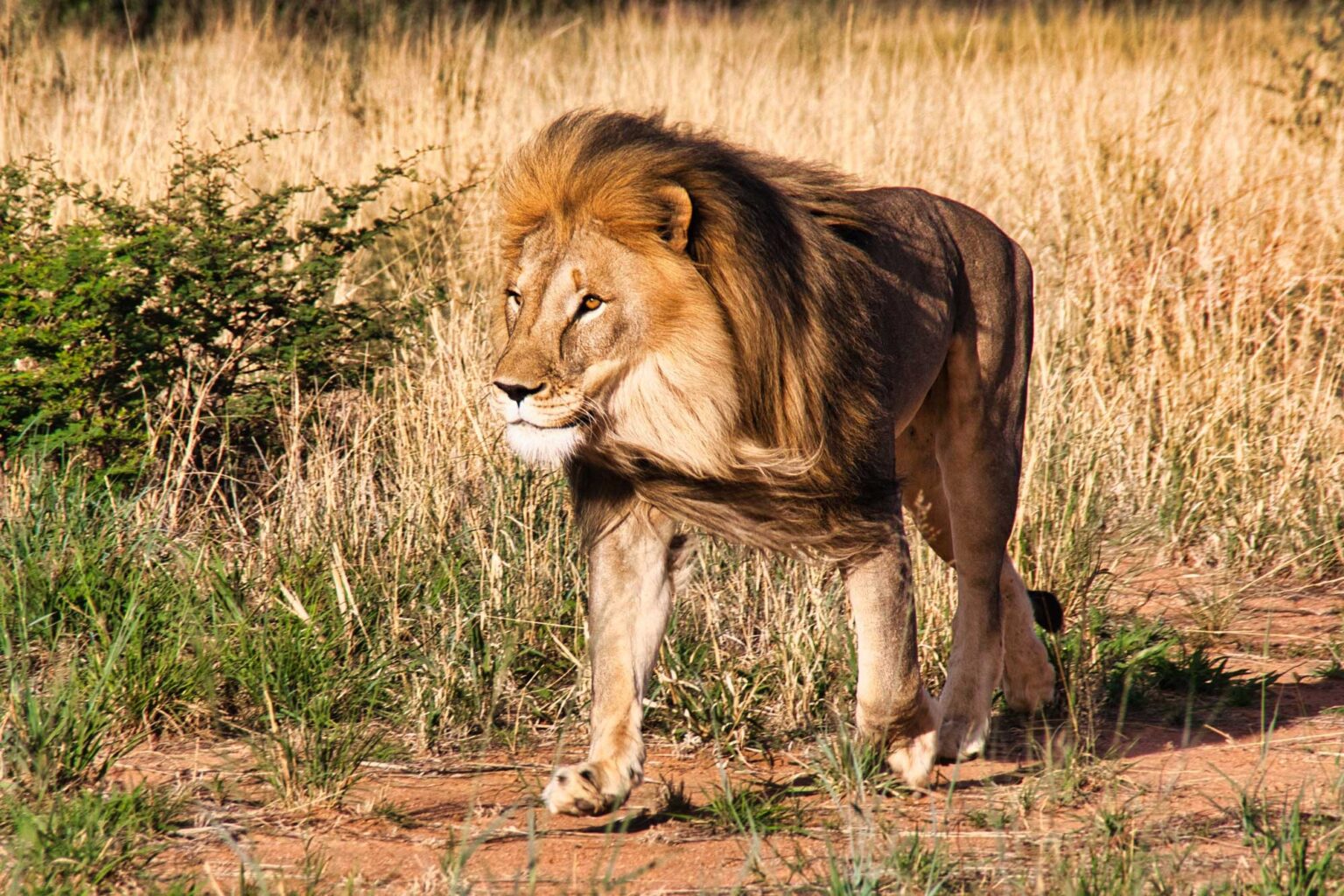
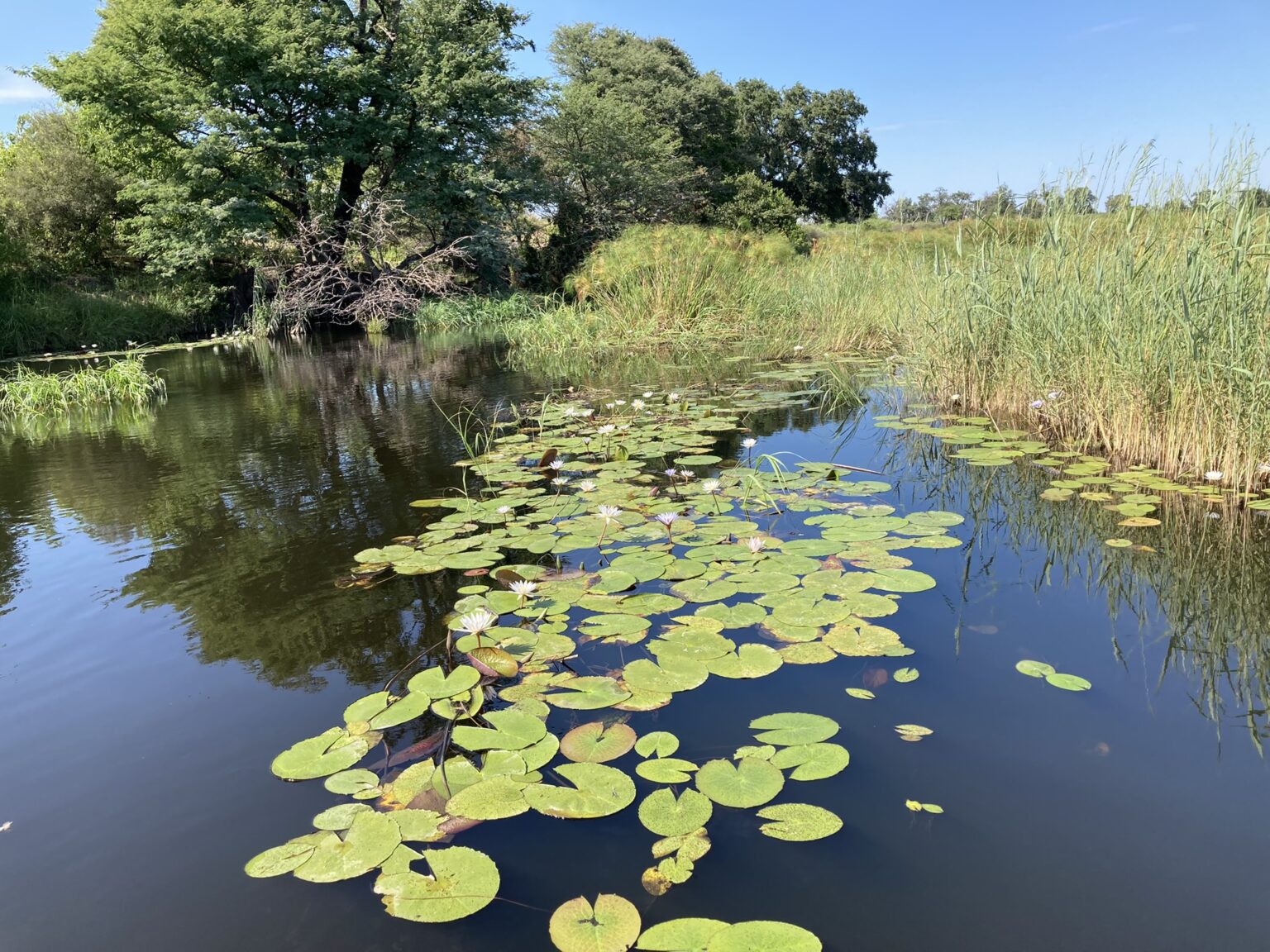
OKAVANGO CRAFT BREWERY, Maun, Botswana
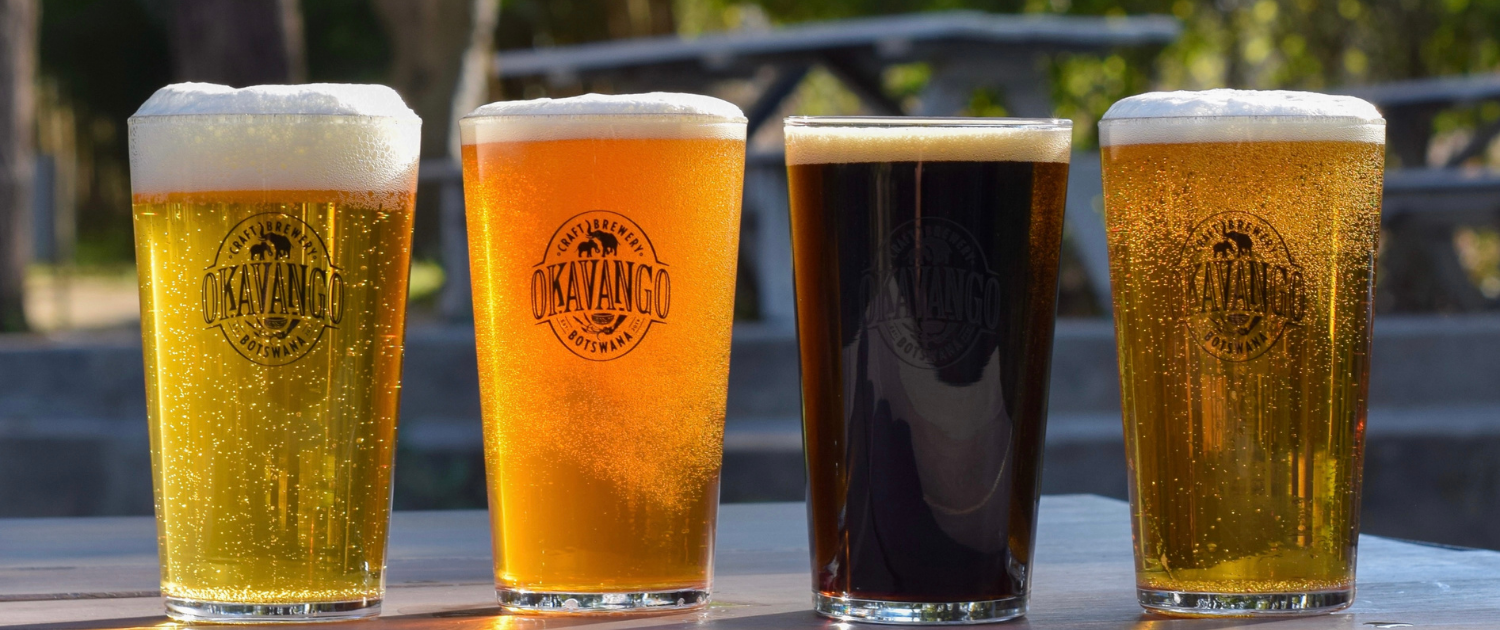
When you have guests that are overnighting in Maun, then introduce them to northern Botswana’s first licensed microbrewery and its great conservation story.
Located just 10 minutes from Maun airport lies the Okavango Craft Brewery which now comprises not only the micro-brewery but also a stunning new brew pub and beer garden. Here you can enjoy award-winning craft beer made from the highest quality ingredients including locally sourced millet.
Local farmers who have incorporated environmentally friendly methods such as chilli bricks, to protect their crops from elephants are being financially rewarded. The Okavango Craft Brewery pay them a premium for their surplus millet which is used to then create the award winning beers. This in turn shows the farmers that they can live in harmony with the elephants who have migrated through this land for hundreds of years.
Here at the brewery “we offer consumers the opportunity to support both people and wildlife around the Okavango, while enjoying quality beer.”
For more information please visit
If you would like to learn more about KAZA TFCA then we are running a training session at 2pm GMT on the 29thAugust 2023.
